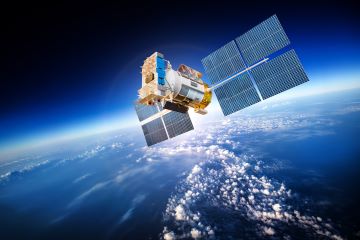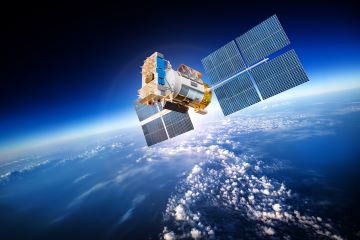
24 Sep Argos Satellite Constellation Update
 We want to keep you informed about important changes in the Argos satellite constellation that will impact your data throughput and how you will receive your data over the coming months.
We want to keep you informed about important changes in the Argos satellite constellation that will impact your data throughput and how you will receive your data over the coming months.
Changes to the “classic” large satellite Argos constellation:
For decades, NOAA has been a key partner and supported the Argos system by launching and maintaining low polar-orbiting, long-lasting large satellites. These reliable workhorses have finally reached the end of their operational life, far outlasting their planned lifespan.
Here are the recently decommissioned NOAA satellites:
- NOAA-18: Decommissioned on June 6, 2025 (launched 2005)
- NOAA-19: Decommissioned on August 13, 2025 (launched 2009)
- NOAA-15: Decommissioned on August 19, 2025 (launched 1998)
There are still five classic Argos satellites in orbit, with no planned decommissioning date.
- CS-HoPS, launched in 2022 by NOAA
- Oceansat-3, launched in 2022 by ISRO
- MetOp-C, launched in 2018 by EUMETSAT
- SARAL, launched in 2013 by ISRO
- MetOp-B, launched in 2012 by EUMETSAT
Future scheduled launches all planning to carry Argos4:
- MetOp-SGB1 (June-Aug 2026)
- MetOp-SGB2 (Jan-Mar 2033)
- MetOp-SGB3 (Jan-Mar 2040)
The current reduction in the number of operational classic satellites means that you will see a reduction in the coverage hours and the number of locations and data throughput from your Argos tags through CLS.
The Wildlife Computers Data Portal will continue to download data from the classic Argos satellites from CLS ArgosWeb as usual. You should still be able to achieve your research goals even with this reduced constellation.
Enter Kinéis: Argos on nano-satellites with improved Doppler location processing
The Kinéis satellite constellation—25 nanosatellites in low Earth orbits— have successfully launched and settled into their orbits. 20 of the 25 nanosats will have operational Argos receivers. Because of this high number of satellites, Kinéis was able to implement an innovative new way to calculate Doppler locations using receptions from multiple satellites. Kinéis announced that the space and ground segments of the Argos system went operational in June 2025.
What does Kinéis and the addition of the nanosats to the Argos constellation mean to you:
- Greatly reduce coverage gaps. Kinéis expects there will be 15 minutes or less without an Argos satellite overhead globally.
- Doppler locations will be calculated from multiple satellites if they are concurrently in view. This means higher-quality locations.
- We have been told that data collected by the Kinéis system are being stored since July 1, 2025. These data are scheduled to be available via the new CLS Telemetry API.
- Potentially less latency (time from reception to data delivery).
Important note:
There is a change in the way the messages received by the Kinéis satellites will reach you. Kinéis will integrate data received from the new nanosats and the classic large satellites and use their new algorithm to calculate Doppler locations. These processed data will be sent to CLS for distribution to all Argos users. There will be a new CLS Telemetry API (programming interface) that will provide access to data. This new API is expected to be operational mid-late October. In the meantime, you can continue to access your data from the classic Argos satellites from the Wildlife Computers Data Portal and the existing CLS ArgosWeb platform.
How Wildlife Computers will support you during this transition
There may be delays before the CLS Telemetry API has full functionality. Our engineers are working very closely with the CLS engineering team to integrate data via the API seamlessly into our Wildlife Computers Data Portal. However, as of 18 September 2025, CLS has not finalized their security and data formatting specifications. We are primed to implement, once we receive these specifications.
Please reach out to your Technical Sales Consultant if you need advice on how to program your Argos tags during this transition period. They can help guide you through possible changes in your programming to minimize the effect of fewer satellites, and to take advantage of the full Kinéis constellation once it is available.
Looking Ahead
We know this is a significant change—and like any new chapter, it comes with new challenges. But it’s also a major leap forward: smaller coverage gaps, better Doppler locations, and more data throughput for your projects.
We appreciate your patience and trust in the Argos system as we navigate this transition together!
